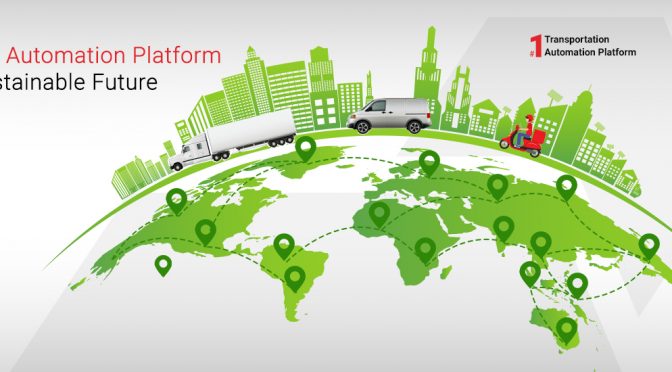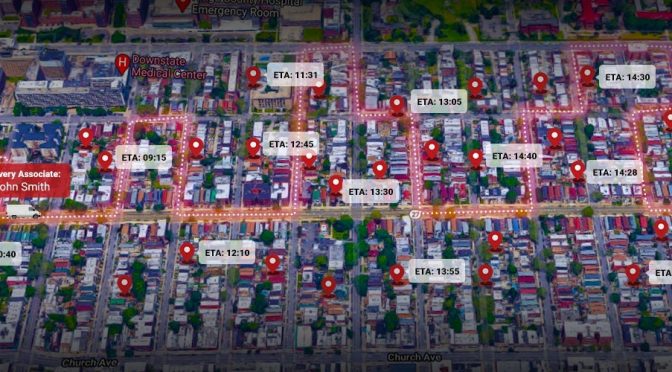
LogiNext Mile is a transportation automation platform which can be used by enterprises to digitize, optimize and automate deliveries and in the process, bring about sustainability by reducing carbon emissions.

Route planning for a handful of drivers with a single digit number of stops can be done by solutions like Google Maps but the going gets complicated when you have more drivers or vehicles and stops above 50. Optimising route planning for stops above 10 also gets complicated just because of the number of variables involved. What’s the answer to this?

Many industry experts have stated that their field workforce management leaves them with a lot to desire for. As we know the first step to effective field service management is getting the right person for the work. Once you have that, things should be a cakewalk, but it often isn’t. Why does this happen? And what can you do avoid that?
Remember the viral video of Travis Kalanick from earlier this year where he is berating an Uber driver to take ownership of his own problem. Well we all know that video as the start of the derailment of Uber’s public relations. It’s easy to now imagine the company as being self-centered and culturally egoistic.
White Paper: The Assumption Within AIDAS is Unsaid but Profound. This idea that the expectation stage of consumers can be generalized across industries and timelines, is prone to error. How does this generalization affect the decision flow of consumers? To answer this, I will help you look closely at these assumptions.
‘Industry Trends: Field Service Optimization’ is by far the most engaging piece of research I have come across in recent times. The concepts emphasized in the white paper have a little for everyone. The white paper answers some of the basic questions revolving around field service management.

The field workforce optimization industry is set to grow more than 30% year on year, reaching a high of $ 20 Billion by 2020. Field workforce optimization is moving towards automation post 2017. So now that you are more aware of the value of field workforce optimization, how are you going to implement it?

All this has built up ‘The Last Jedi’! A Long Time Ago in a Galaxy Far Far Away… there were many instances of logistics management going haywire. Along came an up and coming stalwart of the free republic, LogiNext, who set things right. You can find a lot of references to the positive influence of the field workforce management experts in the Star Wars universe.

Your workforce is the face of your company and should be handled with care. A wrong foot with your logistic management system can turn into a disaster for your company’s image. You must be proactive while handling your field workforce efficiently to avoid any embarrassment or loss of business opportunities.

In highly unorganized markets (for e.g. the logistics sector in the Asian Market) it becomes even more difficult to introduce technology solutions that would not only ease the workload on employees but also introduce some semblance of organizational workflow into a haphazard operational process.

